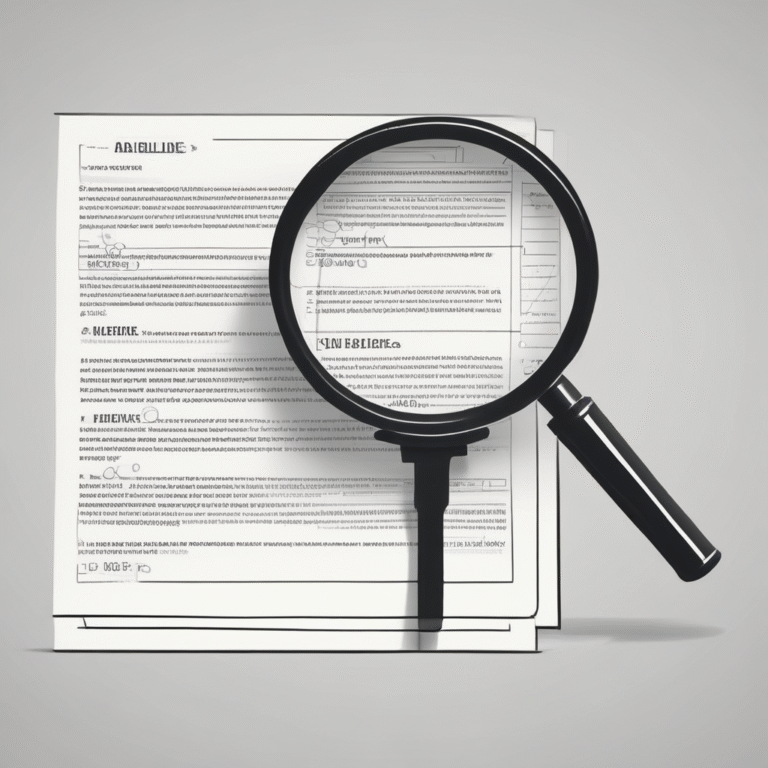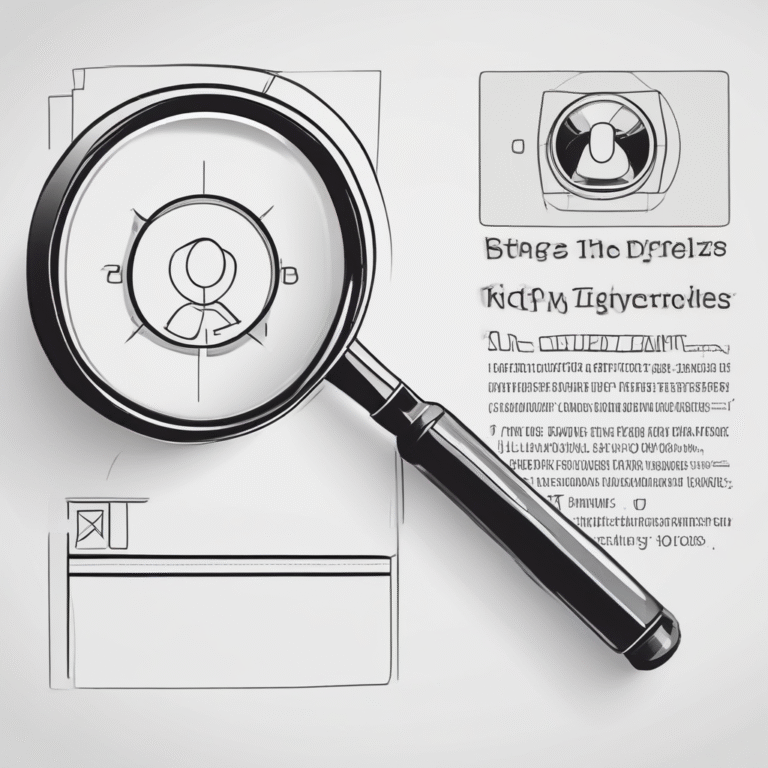Introduction to AI in Audit and Reporting
In today’s rapidly evolving regulatory landscape, compliance AI is emerging as a transformative force in audit and reporting. By automating compliance processes and generating detailed reports, AI provides actionable insights that enhance regulatory adherence. The integration of AI in compliance tasks not only improves accuracy and efficiency but also significantly boosts risk management capabilities.
Benefits of AI-Driven Audits
AI-driven audits offer a plethora of benefits, including improved accuracy through the reduction of human error, increased efficiency by automating repetitive tasks, and enhanced risk management by identifying potential compliance issues before they escalate. These advantages make compliance AI an indispensable tool for organizations aiming to streamline their audit processes.
How AI Conducts Automated Audits
Automated Data Handling
One of the key features of compliance AI is its ability to gather, clean, and organize data from various sources. This automated data handling ensures that compliance officers have access to accurate and up-to-date information, which is crucial for maintaining regulatory adherence.
NLP for Regulatory Analysis
Natural Language Processing (NLP) is employed by AI systems to extract compliance requirements from complex regulations. This capability enables organizations to stay on top of changing regulatory demands without the need for manual interpretation, thus saving time and reducing errors.
Real-Time Monitoring
AI’s ability to track compliance metrics in real-time and flag anomalies instantly is a game-changer for compliance teams. This proactive monitoring allows for immediate corrective actions, thereby minimizing the risk of non-compliance.
Predictive Analytics
By utilizing historical data and trends, AI can forecast compliance risks, providing organizations with the foresight needed to address potential issues before they occur. Predictive analytics thus plays a crucial role in mitigating compliance risks and ensuring regulatory adherence.
Generating Detailed Reports and Dashboards
Comprehensive Reporting
Compliance AI tools are capable of producing traceable reports that align with regulatory frameworks. These reports provide a comprehensive overview of an organization’s compliance status, making it easier for compliance officers to identify areas of concern.
Data Visualization
Dashboards play a vital role in providing insights into compliance status and trends. By visualizing data, compliance AI tools enable organizations to quickly assess their adherence to regulations and make informed decisions.
Real-World Examples
- Financial Services: Automated transaction monitoring and fraud detection are prime examples of AI’s impact on compliance in the financial sector.
- Healthcare: Continuous monitoring of data access logs ensures that patient information remains secure and compliant with regulations like HIPAA.
Operational Insights and Best Practices
Streamlining Compliance Processes
Compliance AI enhances decision-making and operational efficiency by automating routine tasks. This streamlining allows compliance teams to focus on more strategic activities that add value to the organization.
Automated Documentation Management
AI ensures that documentation is always updated and organized, reducing the burden on compliance officers to manually manage records. This automation leads to significant time savings and improved accuracy in documentation.
Proactive Issue Identification
One of the standout features of compliance AI is its ability to identify potential compliance issues before audits occur. This proactive approach allows organizations to address concerns promptly, minimizing the risk of penalties or reputational damage.
Challenges & Solutions
Resource Constraints
AI helps compliance teams manage their workload efficiently by automating repetitive tasks. This efficiency allows teams to allocate resources to more critical areas, ensuring optimal use of manpower and technology.
Integration Challenges
Integrating AI tools with legacy systems can be challenging. However, with strategic planning and phased implementation, organizations can overcome these barriers and reap the benefits of AI in compliance.
Data Security Concerns
AI enhances data protection through advanced security measures such as encryption and anomaly detection. These features ensure that sensitive compliance data remains secure and protected from unauthorized access.
Actionable Insights and Tools
Best Practices for Implementation
To successfully integrate AI in compliance audits, organizations should follow a step-by-step guide that includes assessing current systems, selecting appropriate AI tools, and training staff on new processes.
Relevant AI Tools and Platforms
Some of the top AI compliance tools include Centraleyes and Certa. These platforms offer functionalities such as risk assessment, compliance monitoring, and regulatory reporting, making them invaluable assets for organizations looking to enhance their compliance processes.
Frameworks and Methodologies
Frameworks like Governance, Risk, and Compliance (GRC) provide a structured approach to managing compliance. By integrating AI with these frameworks, organizations can streamline their compliance efforts and ensure regulatory adherence.
Latest Trends & Future Outlook
Emerging Technologies
The potential of AI in continuous auditing and real-time risk monitoring is vast. As emerging technologies continue to evolve, we can expect compliance AI to become even more sophisticated, offering new ways to enhance compliance operations.
Regulatory Change Management
AI helps organizations stay compliant with evolving regulations by tracking and analyzing regulatory changes. This capability ensures that organizations can adapt to new requirements swiftly and effectively.
Future Developments
Looking ahead, AI is poised to further transform audit processes and compliance management. With advancements in AI algorithms, we can anticipate more autonomous audits, where AI designs audit plans and refines processes independently.
Conclusion
In conclusion, compliance AI is revolutionizing audit and reporting by providing enhanced insights and automating compliance processes. From generating detailed reports to offering actionable insights, AI is an invaluable tool for organizations aiming to improve their compliance efforts. As AI technology continues to advance, its impact on compliance and regulatory adherence will only grow, making it an essential component of modern audit strategies.










